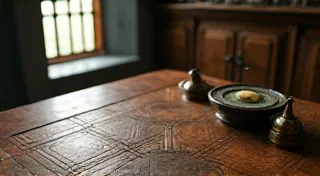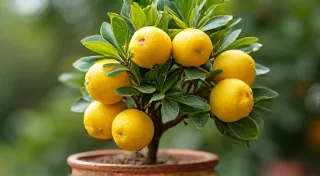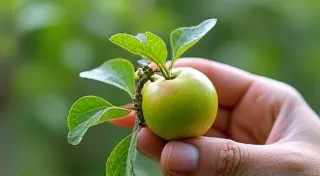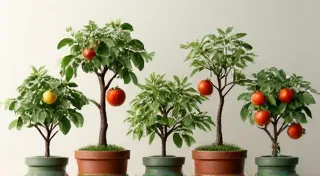Harvesting and Storing Your Container-Grown Dwarf Fruit
Growing dwarf fruit trees in containers is a remarkably rewarding experience. Seeing those vibrant blossoms and then the anticipation of ripening fruit – it’s truly special! But knowing when to harvest and how to store your bounty correctly is crucial to enjoying the delicious results of your container gardening efforts. This guide provides expert tips to help you maximize your harvest and keep your container-grown fruit tasting its best. Before you even begin, it’s important to ensure you're selecting the right variety for your container. Knowing which dwarf fruit tree varieties are best suited for container growing can significantly impact your success, so check out our guide on choosing the right dwarf fruit tree varieties to get started!
Knowing When to Harvest: Signs of Ripeness
Unlike larger, traditional fruit trees, dwarf varieties often ripen subtly. Relying solely on a calendar isn’t enough. Here's what to look for:
- Color Change: While color is a good starting point, it can vary. Generally, fruit will shift from green to a more vibrant hue – red for apples, peaches, and cherries; yellow for pears; and a deep purple for plums.
- Aroma: Ripe fruit often develops a sweet, characteristic fragrance. Get close to your tree and take a sniff!
- Touch & Firmness: Gently feel the fruit. Ripe fruit will generally have a slight give when pressed. Avoid fruit that feels rock hard or mushy.
- Ease of Detachment: Ripe fruit often detaches easily from the tree with a gentle twist.
- Taste Test: When in doubt, taste a small piece! This is the definitive test.
- Apples & Pears: May need to stay on the tree for a few more days after initial color change for best flavor.
- Peaches & Nectarines: Should yield to gentle pressure and have a fragrant aroma.
- Cherries & Plums: Look for deep, rich color and easy detachment.
- Figs: Ripen quickly, often becoming soft and very sweet.
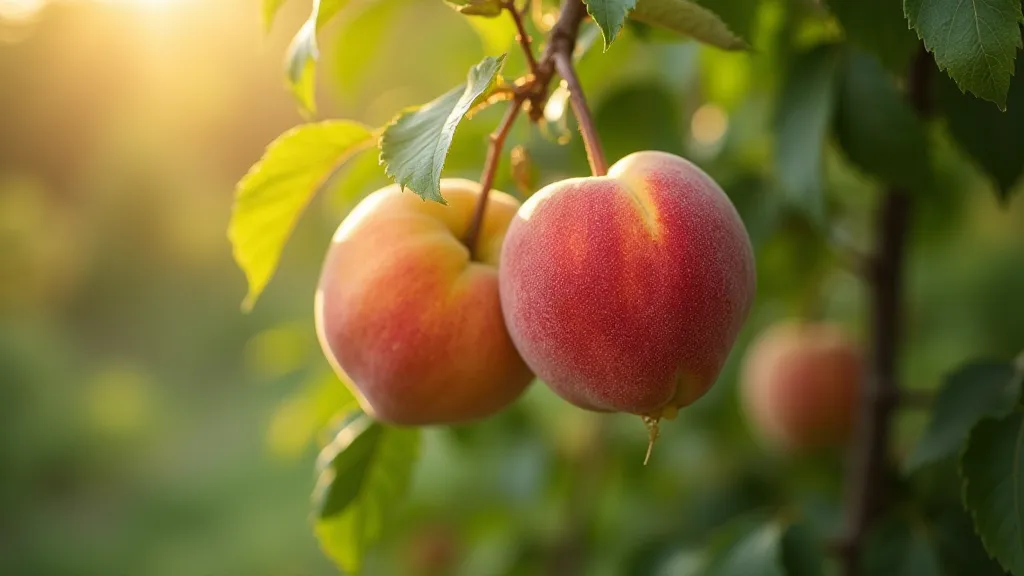
Harvesting Techniques
Handle your fruit with care during harvest. Bruising can shorten storage life and affect flavor. Remember that maintaining the overall health of your tree is just as important as the harvest itself. Issues like pests and diseases can greatly affect fruit quality and yield. Learn more about dealing with pests and diseases to ensure a bountiful and healthy harvest.
- Gentle Approach: Twist the fruit gently. Don't pull or tug.
- Use Two Hands: This provides better control and minimizes bruising.
- Harvest Regularly: Frequent harvesting encourages the tree to produce more fruit. This also helps manage the overall size and shape of the tree, something particularly important for container growing.
- Inspect for Pests & Diseases: While harvesting, check for any signs of problems and address them immediately. Early detection is key to preventing larger issues.
Proper storage is essential for extending the life and preserving the quality of your container-grown fruit. Container size plays a vital role, as smaller pots can dry out quicker, affecting the tree’s overall health and, consequently, the fruit's quality. If you're unsure about the right size container for your dwarf fruit tree, take a look at our comprehensive guide on container size matters.
Short-Term Storage (Few Days)
For fruit you plan to eat within a few days, follow these tips:
- Cool, Dark Place: A cool, dark pantry or cellar is ideal.
- Single Layer: Avoid piling fruit on top of each other to prevent bruising.
- Paper Wrapping: Wrap individual pieces of fruit in paper towels to absorb excess moisture.
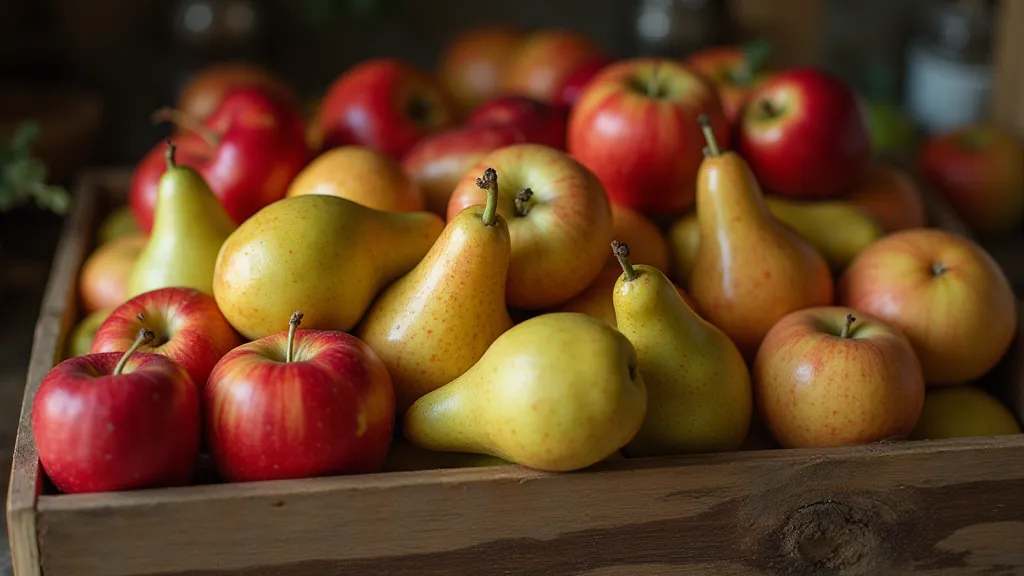
Long-Term Storage (Weeks to Months)
Certain fruits, like apples and pears, can be stored longer with a little extra care:
- Refrigeration: Store in the refrigerator, ideally in crisper drawers.
- Humidity: Maintain high humidity to prevent dehydration. You can place a damp cloth in the crisper drawer.
- Check Regularly: Inspect stored fruit regularly and remove any that show signs of spoilage.
Freezing
Freezing is an excellent option for preserving fruit for longer periods. Suitable for most types of fruit:
- Wash & Prepare: Wash the fruit and cut into desired pieces.
- Blanching (optional): For certain fruits, blanching before freezing can help preserve color and texture. This is a technique that requires understanding how different fruits react to freezing and can significantly impact their final texture.
- Spread on Tray: Spread fruit in a single layer on a baking sheet and freeze until solid.
- Transfer to Freezer Bags: Transfer frozen fruit to freezer bags or containers.
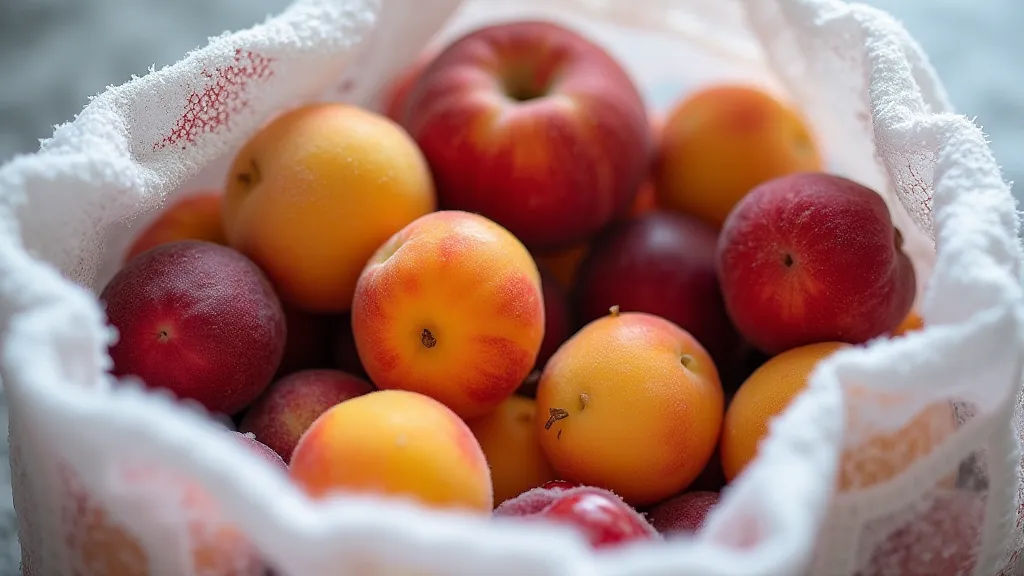
Enjoying Your Harvest!
Growing your own fruit, even in containers, is a truly rewarding experience. By following these harvesting and storage tips, you can extend the enjoyment of your delicious container-grown bounty! Remember that maintaining a healthy ecosystem around your dwarf fruit trees is just as important as the harvest itself. Consider factors such as soil health, watering techniques and light exposure to ensure your trees thrive for years to come.
